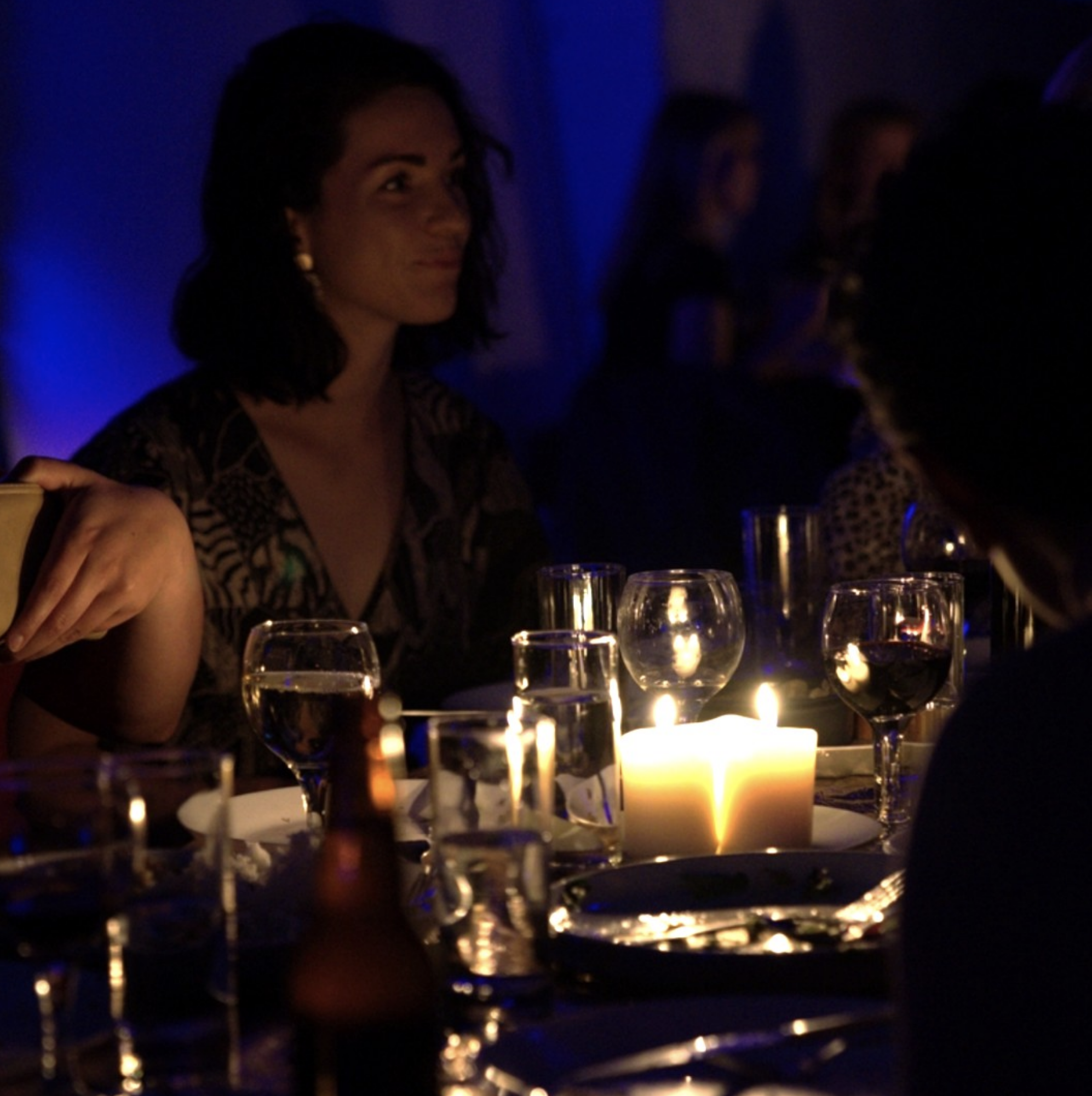This article originally appeared on Huffpost and was written by Heather Wagoner.
Being listened to is so close to being loved that sometimes your brain can’t tell the difference.
There is so much about being human that is associated with being listened to. Empathy, connection, acceptance - some of the biggest things that we as humans want - all start with listening.
Listening shows that you care. To truly listen to someone, refrain from judgement and create a safe space for sharing is one of the best gifts you can give another person.
The hardest part of the simplest art
On the face of it, the act of listening should be simple, shouldn’t it? We hear sounds continuously, whilst we’re awake and asleep. So why then, is hearing so easy but listening is less so?
The root of this problem could be described as a kind of cognitive conundrum. We employ heuristics (mental shortcuts), in our everyday lives to help us navigate the avalanche of information that we need to process from the world around us.
In our interactions with others, we also employ a kind of listening-heuristic - we assume intent or motivation, we formulate our responses and we respond with our own perspective, all in the time it takes someone else to speak.
Many of us aspire to be a great speaker - or at least to be better at it or less intimidated by it. How often though, do you hear someone say “I’d love to be a great listener.” Not that often. If speaking is the lead singer of the band, listening is the bass player - less glamorous and often overlooked, but vital to the rhythm of the songs they play.
Just like learning to play an instrument, being a great listener doesn’t happen by accident. It is a skill that takes developing and practicing. We won’t always get it right, but every single day presents opportunities for us to get better. Listening is important in a range of situations, from conversations or meetings in a workplace, to helping someone through a crisis, listening is at the heart of connection and affirmation.
Attention and Mindfulness
Listening starts with being fully present. It sounds obvious, doesn’t it? But all too often we may what’s being said but our minds are elsewhere.
If your own mind is messy with distraction, it makes listening much more challenging - you’ll miss important details and there’s nothing more obvious than someone who isn’t paying full attention when you speak. How often have you cut a conversation short because you felt like you weren’t being listened to?
The reality is, our minds can wander a bit when we’re listening to someone. It doesn’t mean what’s being said isn’t important, but it does mean that when you sense this happening it’s time to re-focus your attention back onto the speaker. Don’t judge yourself to harshly that your thoughts drifted, just re-commit to being fully present.
Contracting
It may seem a little clinical to consider a simple conversation a ‘communication exchange’ but that is what it is - communication is an exchange between two or more people.
Though we have to make allowances for the degrees of formality in a conversation, it’s helpful to establish what is to be accomplished in the communication exchange. ‘Contracting’ is a technique that can be used to achieve this. It sounds a bit formal, but it really doesn’t have to be. When someone wants to talk to you about something, if everyone involved clearly understands what outcomes are being aimed for, the parameters and boundaries are clear and participants can stay focused on achieving the outcomes.
As a listener, here are a few questions you can ask to help you contract quickly:
‘You said you have a problem to talk to me about. Do you want me to offer suggestions or would you prefer me just to listen? Either is ok with me - I just want to make sure I am helping in a way that works for you.’
‘Why did you choose me to talk to about this issue? Is there a potential solution that you can specifically see me providing?’
‘By sharing your desired outcome from this conversation with me, up front, it means that we can share the same goal for this conversation and work to achieve it together. What outcome are you hoping for?’
Creating a safe place for sharing
The scale of intimacy and power in communication can be influenced by a number of things. Age, experience, decision-making position, influence on others, hierarchy in a professional setting, money, previous bad experiences - lots of factors and ‘baggage’ can be at play and influencing a communication exchange.
Sometimes we know we are listening to someone and it’s well-known that the relationship is a low-trust relationship. Deep listening provides opportunities to move the low-trust relationship to a place of more trust, if we commit to using the opportunity.
Establish a safe place for sharing by:
Being clear on confidentiality: ‘This conversation is between us and that’s where it will stay.’ OR ‘I may need to reference this conversation with others; I just want to be clear about that right up front.”
Overtly inviting sharing: ‘I heard you say you weren’t sure where to begin, would it help if I ask a few questions to get us started talking?’
Making reassuring statements: ‘That’s a valid point and a sensible perspective. Tell me more.’
Be clear that you are refraining from judgement: “I’m not judging; I’m listening. That’s what’s most important to me right now - that I hear you and understand your perspective.”
Body language that says: ‘I’m listening’
Posture and gestures
Your body language can speak volumes about your attentiveness and interest as a listener. Uncrossed limbs and calm demeanour convey that you are patient and open. Gentle nodding of the head can demonstrate acknowledgment of what’s being said, without validating or agreeing with the meaning or position of the speaker.
Eye contact
Eye contact can connect two people without using words. But, it can also be misinterpreted. The level of eye contact that people are comfortable with can be surprisingly difficult to judge from person to person. It’s influenced by everything from background, culture and gender, to personality style such as introversion and extroversion.
Using ‘mirroring’ techniques can be a strategy to help make sure that you meet the speaker in their comfort zone and keep them there for the duration of the conversation.
To find the speaker’s comfort zone with regard to eye contact, carry out a quick and easy experiment. Hold the speaker’s gaze and make a mental note of the point at which they look away. Then, mirror the length of time the speaker comfortably held when you re-establish eye contact again. If someone isn’t comfortable maintaining extended eye contact, trying to force them to maintain prolonged eye contact can make them feel like they are being scrutinised or even judged. But, by mirroring their level of eye contact you can help establish a common ground for connection. Then, as trust and intimacy build, eye contact can increase.
Summarising and Reflecting
Throughout the communication, make sure you are checking in with the speaker to ensure that you’re truly understanding what they are saying. Doing this means the conversation can progress with everyone on the same page, at every stage.
Here’s how:
Summarise and reflect back to the speaker the salient points of what they’ve said - but leave open the possibility that you may have missed something: ‘Here’s what I’ve heard you say. Have I missed anything?’
Help the speaker provide further clarity and make sure that your own biases aren’t fundamentally shaping your perception of what’s being shared: ‘Let me check my understanding, is this what you mean?’
Explore the feelings behind statements: ‘What was it that you were feeling at that time? How did that situation affect you?’
Conclusion and Response
Depending on what you established in the contracting phase of the communication, you will need to adapt your conclusion and response.
The speaker may be expecting a response or a view to be shared. Or, they may have just wanted to feel heard. The interaction has to conclude at some point and based on what you might see as ‘next steps’ you can adapt the conclusion.
Some options for conclusion include:
Sharing a response: ‘I’ve formed some views based on what you’ve said. Would you like me to share them?’
Empathy and compassion without sharing a personal view: ‘I’ve heard what you’ve said and it’s completely understandable why this is affecting you like it is.’
Leaving the door open for further communication: ‘Please feel free to talk to me anytime. I feel like I know you even better now based on what you’ve shared today. Thank you for trusting me as someone to speak to.”
‘Being listened to is so close to being loved that sometimes your brain can’t tell the difference’
Whilst the skill of being a great listener may lack some of the glamour associated with being a great speaker, it’s the skill that builds the deepest bonds.
To speak is to transmit, but to truly listen is to connect. Listening to someone feeds our most human of needs, and that’s an incredible skill to possess. So go ahead - listen with love.


